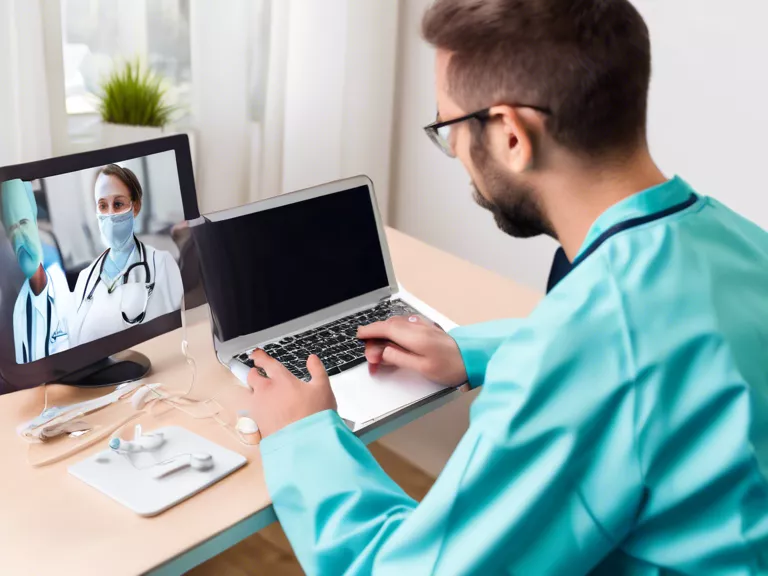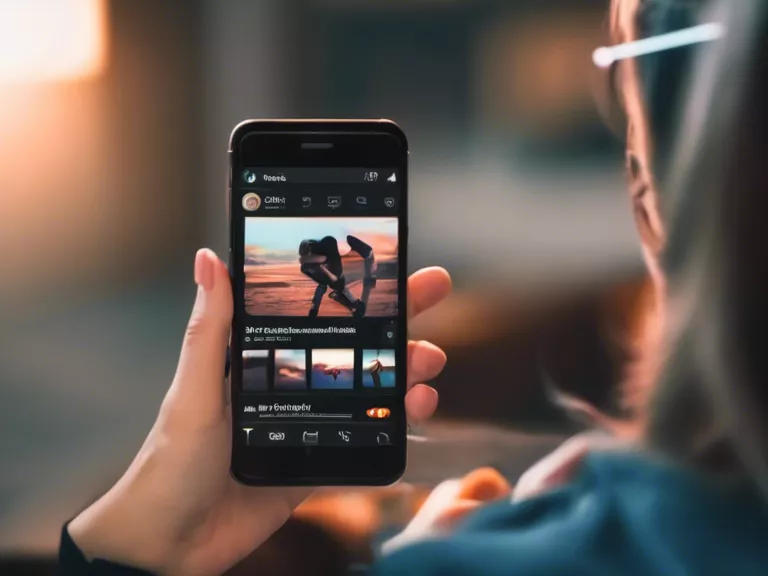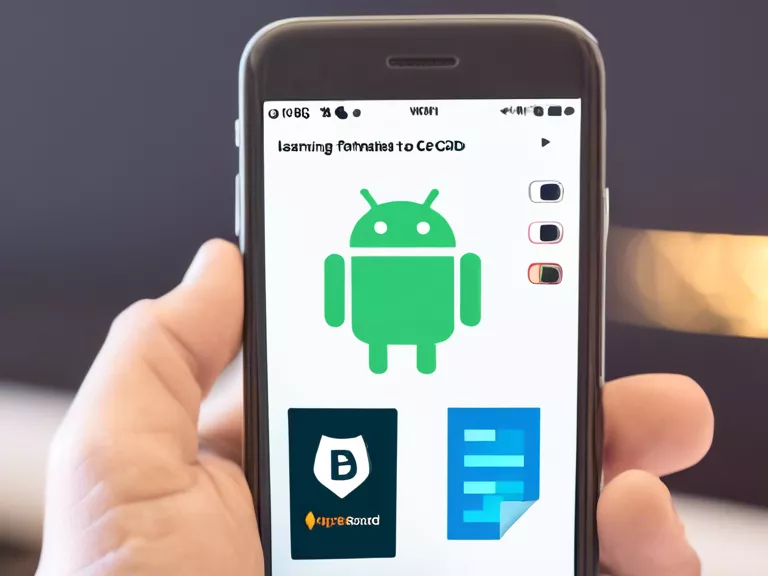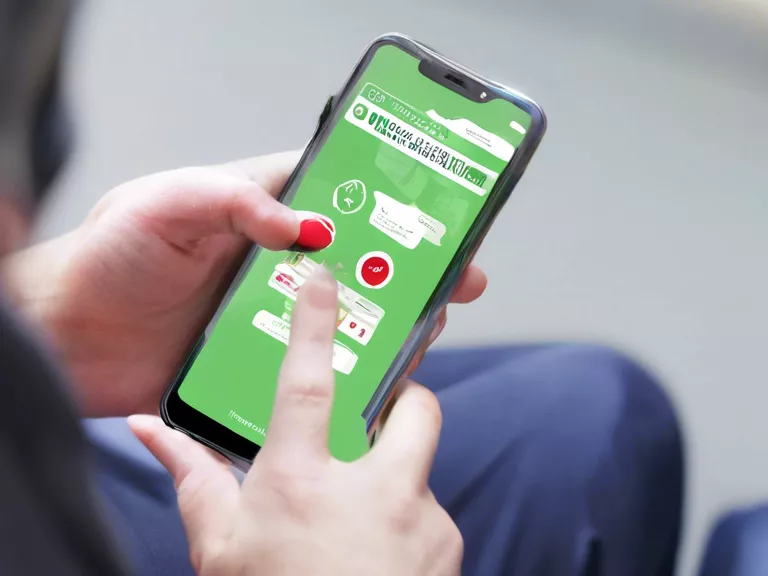
With the advancements in technology, mobile apps have been transforming remote healthcare through telemedicine. Telemedicine allows patients to receive medical consultations and treatments from healthcare professionals without needing to physically go to a medical facility. This has become especially important during the COVID-19 pandemic, where social distancing measures are encouraged to prevent the spread of the virus.
Mobile apps have made it easier for both patients and healthcare providers to connect virtually. Patients can schedule appointments, share their medical history, and communicate with their healthcare providers through secure messaging features. This convenience eliminates the need for patients to take time off work or travel long distances for a simple consultation.
Telemedicine through mobile apps also allows for more efficient and timely healthcare services. Patients can receive expert medical advice and prescriptions quicker than traditional in-person consultations. This is particularly beneficial for rural populations or individuals with limited access to healthcare facilities. Additionally, telemedicine reduces the need for unnecessary emergency room visits for non-urgent medical issues.
Moreover, mobile apps are enhancing the quality of care provided through telemedicine. Features such as video consultations enable healthcare providers to visually assess patients and provide more accurate diagnoses. Patients can also receive personalized treatment plans and follow-up care through these apps, leading to better health outcomes.
Overall, mobile apps are revolutionizing remote healthcare through telemedicine by increasing access to medical services, improving efficiency, and enhancing the quality of care. As technology continues to advance, we can expect telemedicine to become even more integrated into the healthcare system, making it easier for patients to receive the care they need from the comfort of their own homes.



